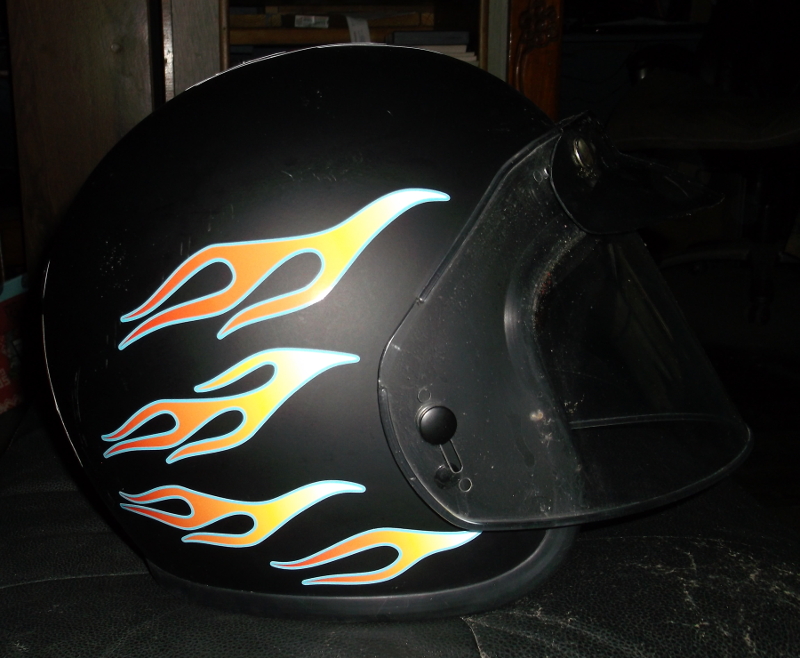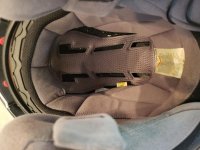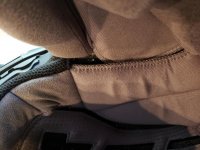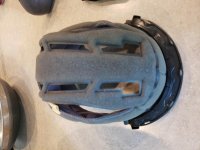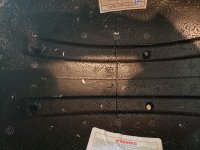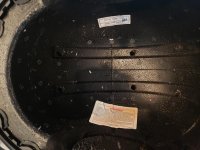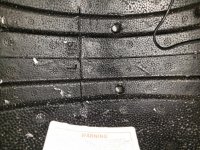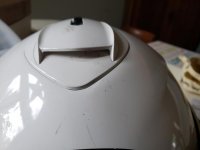Gwolf
Well-known member
It gets plenty hot here and plenty humid too. I have a full face helmet and wear it when it is cool enough. During June, July, and August, I wear a Bell 500 with a dirt bike shield on it. It gets plenty of circulation as long as you are moving. Not much of anything helps if you sitting at a stop light, breathing exhaust fumes, behind a garbage truck with suspicious looking, stinky liquid dripping out the tailgate.
